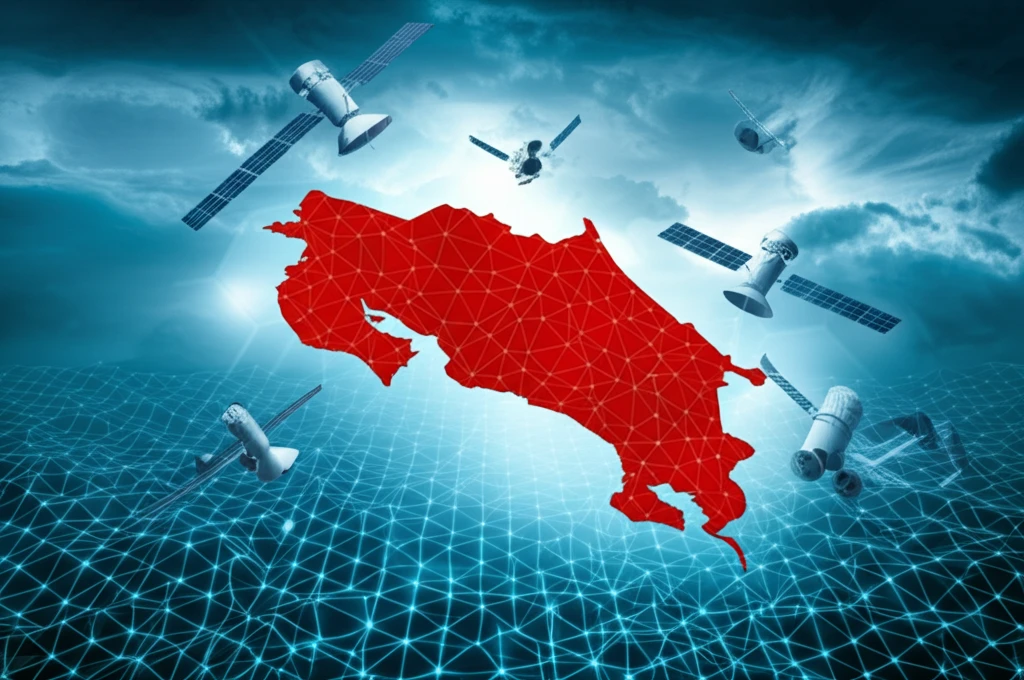
Geodetic GPS Networks: How Costa Rica is Linking the Past to a High Accuracy Future
"Discover how Costa Rica is modernizing its geodetic system using advanced GPS technology to ensure accuracy and consistency in mapping and spatial data."
For decades, countries relied on locally defined reference systems for mapping and surveying. However, the advent of satellite positioning technologies has highlighted the need for global reference systems. Costa Rica, recognizing this shift, embarked on a project to connect its national reference system, CR05, with modern Global Navigation Satellite System (GNSS) techniques.
The primary goal was to establish a dynamic reference frame that aligns with international standards, ensuring accuracy and consistency in spatial data. This involved processing data from continuous GNSS observation stations using advanced scientific software. The methodology adhered to the standards set by the SIRGAS (Sistema de Referencia Geocéntrico para las Américas) processing centers, focusing on weekly adjustments and linking to the SIRGAS reference frame.
The results provide highly accurate geocentric coordinates (X, Y, Z) for a network of 17 GNSS stations across Costa Rica, referenced to the epoch 2012.98. These coordinates boast accuracies of 0.20 mm, 0.15 mm, and 4.4 mm respectively, marking a significant step forward in Costa Rica's geodetic infrastructure.
Why Update a Geodetic System? The Imperative for Modern Accuracy

A reference system, by definition, is materialized by its reference frame, which consists of geodetic stations located on the ground with known coordinates and accuracy. It should also be accompanied by the epoch to which the coordinates refer and the velocities of displacement over time to ensure the maintenance of the reference frame as the years pass. The Costa Rican system, CR05, faced obsolescence. Originally linked to an outdated reference frame, the passive network suffered deformations from seismic events.
- Global Alignment: Aligning with global reference systems enhances compatibility with international data and facilitates collaborative projects.
- Disaster Response: Up-to-date geodetic data is crucial for assessing and responding to natural disasters like earthquakes and tsunamis.
- Infrastructure Development: Accurate positioning is essential for planning and constructing infrastructure projects, ensuring alignment and stability.
- Resource Management: Precise spatial data supports effective management of natural resources, land use planning, and environmental conservation.
- Scientific Research: A modern geodetic framework enables advanced scientific research, contributing to a better understanding of Earth's dynamics.
The Path Forward: Modernizing Costa Rica's Geodetic System
This research, conducted within the National Center for GNSS Data Processing at the School of Topography, Cadastre, and Geodesy of the National University, employed the same rigorous processing strategy as all SIRGAS analysis centers in Latin America and Germany. The standards, evaluation criteria, and linkage strategy to the SIRGAS framework represent a novel approach in the treatment, processing, and definition of modern reference frames based on GPS observations.
